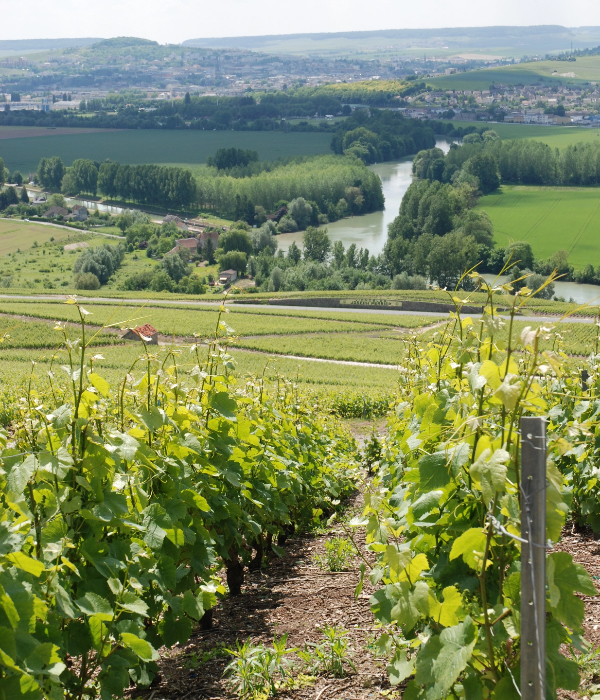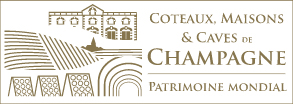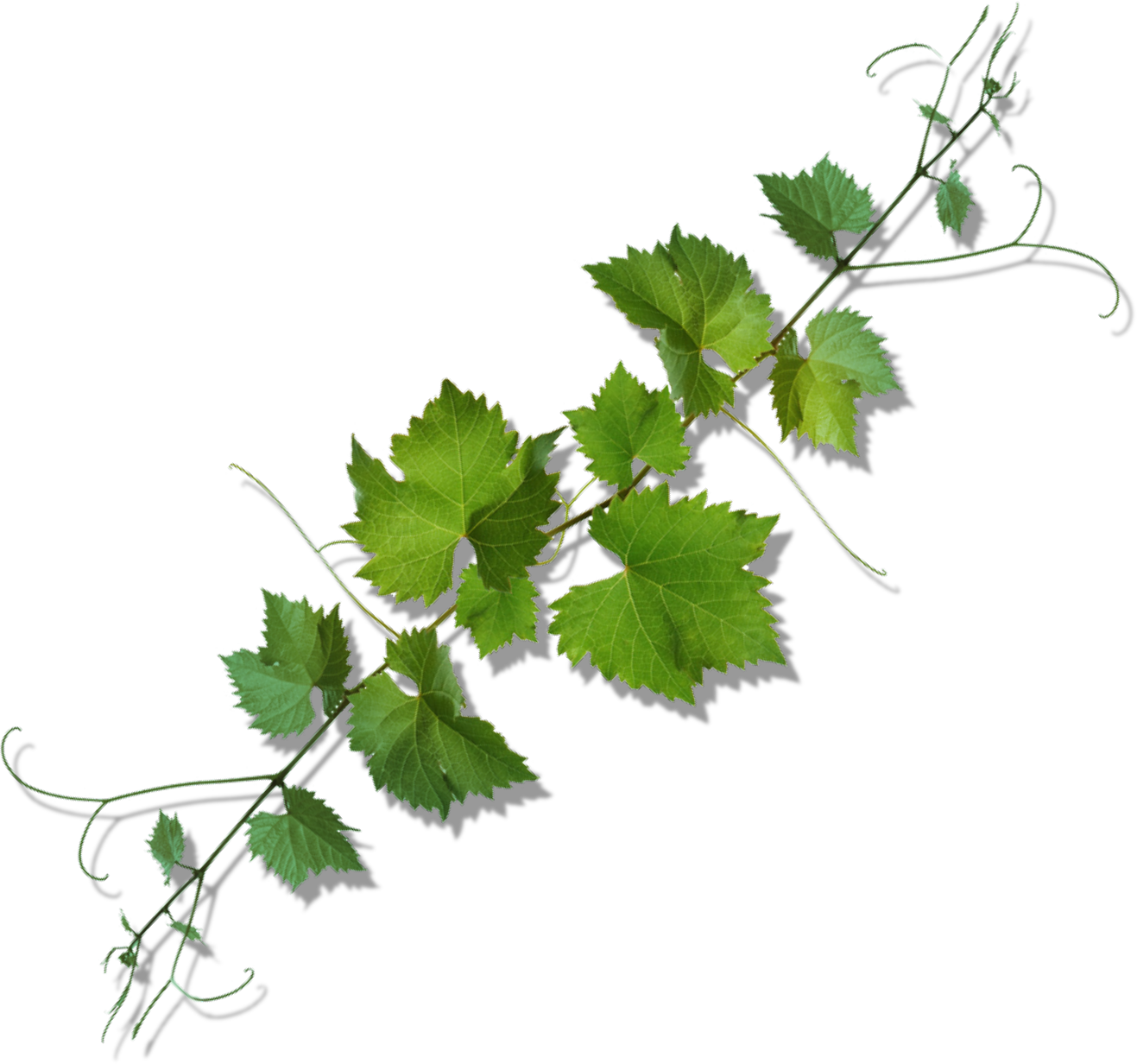Hautvillers Premier Cru
terroir of excellence.
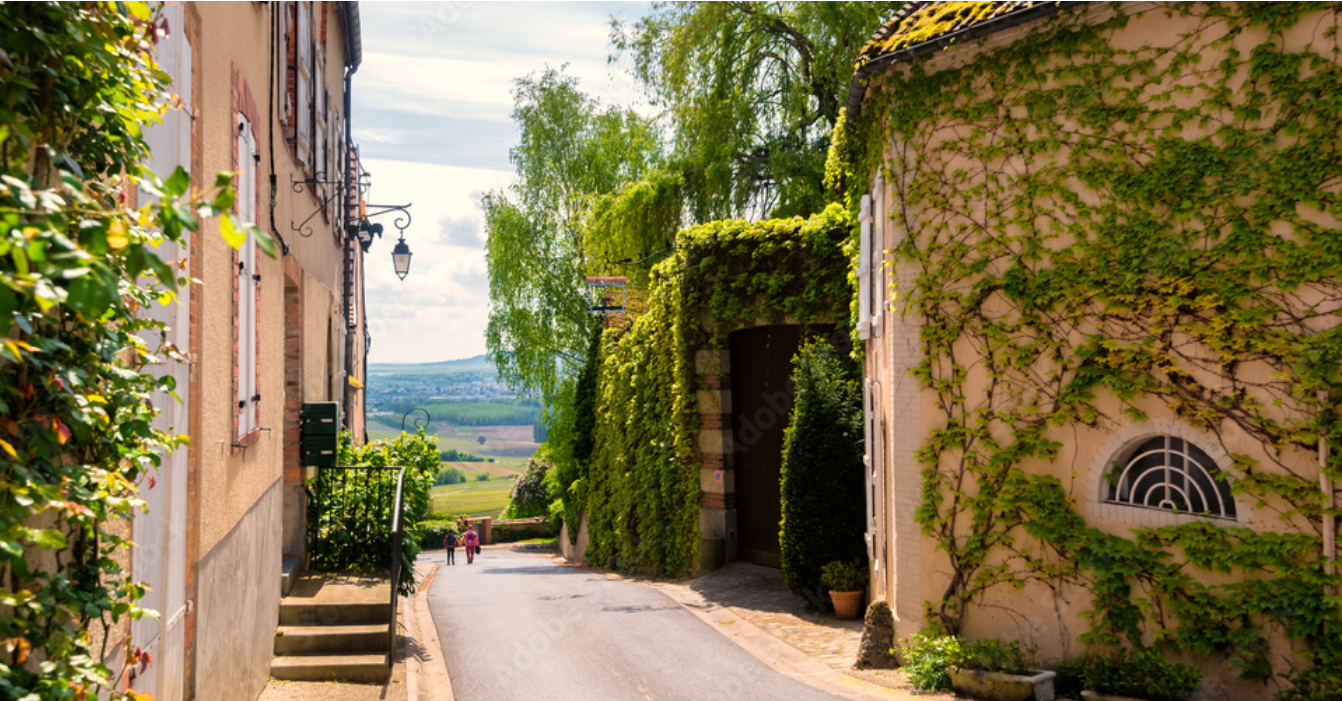
Hautvillers,
bursting with history
thanks to the local monk
Dom Pérignon
Feast your eyes on staggering views and wrought iron signs as you venture up the narrow lanes.
The origins of Hautvillers tie into its abbey’s existence. The Abbey had its fair share of trials and tribulations over the centuries as it was plundered nearly 17 times.
A Benedictine monk arrived in Hautvillers in 1668: his wisdom and education saw him made the Abbey Cellar Master. Dom Pérignon was an incredibly modern man and a real perfectionist.
Things weren’t looking good back then: the abbey was struggling to recover after the Huguenots set it on fire, there wasn’t enough income and vine growing wasn’t making much money.
Dom Pérignon helped the vines flourish, not just in Hautvillers but throughout the region, and the cellar master monk made
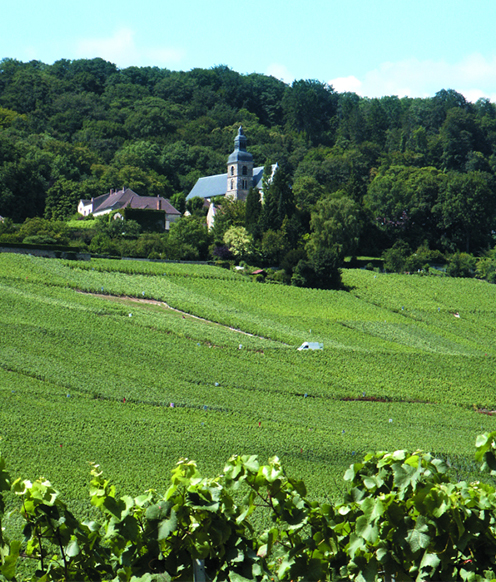
In 1681,
Hautvillers Abbey “the Birthplace of Champagne”.
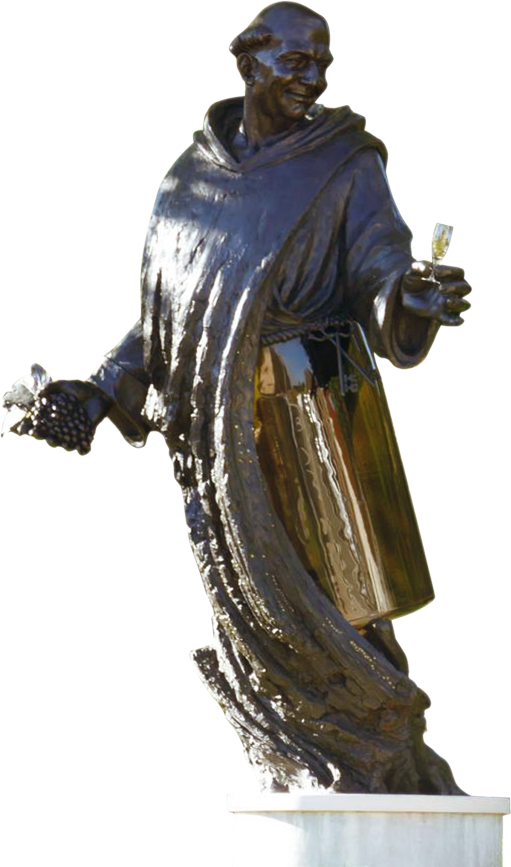
He pioneered:
- Fining to remove any unwanted elements from the bottle.
- Blends
- Separating the juice whilst pressing for 400kg of grapes to make one marc was split into 10 cuvée parts that are still 20.50hl, 2 “première taille” (first cut) 8.10hl parts and 1 “deuxième taille” (second cut) 2.05hl part
- The cork to replace dowels and tallow
- He changed the shape of the bottle (hollow bottom) by making it thicker to improve its resistance to pressure.
The Pearl
of Champagne
Dom Pérignon died in 1715 and is buried at Hautvillers Church under a marble tombstone near the sanctuary.
That’s why Hautvillers, the Pearl of Champagne, an unmissable and picturesque location in the region deep in the Montagne de Reims Nature Park, has rightfully earned its name as the “birthplace of champagne”.
Each and every visit takes you on a trip back in time in a village that’s a joy to explore.
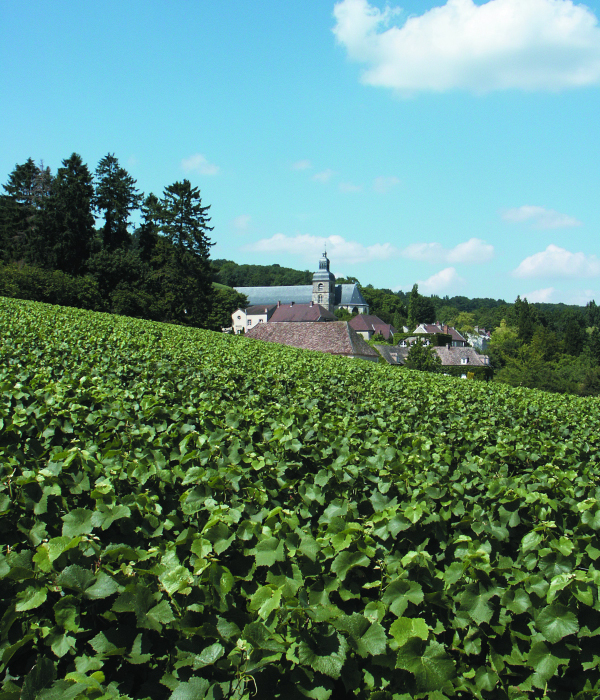
UNESCO
World Heritage
